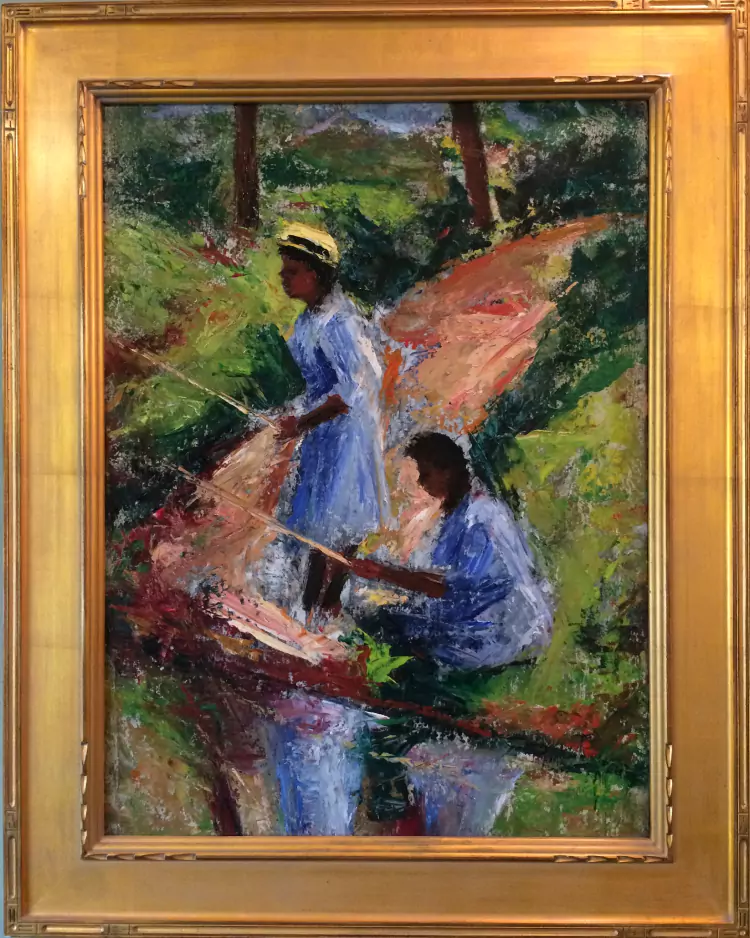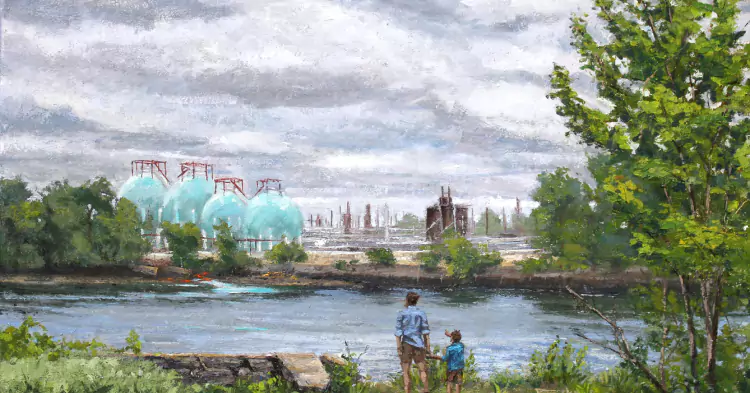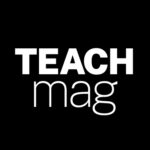The Fairmount Water Works Interpretive Center in Philadelphia is hosting a free, fine art exhibition centered on artists’ observations of the region’s watershed. The curated selection of vintage and contemporary drawings, paintings, and photography by local artists captures impressions of the rivers, streams, wildlife, and tidal wetlands. The purpose of WANDERING: Observations of Our Watershed, is to encourage exploration and discussion of the delicate and crucial balance of an ecosystem in an urban setting.
According to Fairmount Water Works Interpretive Center Executive Director Karen Young, “The WANDERING exhibition asks us to consider how our daily activities impact our watershed, reminding us that we are crucial components of the habitat, challenging its sustainability.” The exhibition is directed by Young and curated by Thom Duffy, sponsored in part by the Fund for the Water Works and the Edward F. Grusheski Water Literacy Foundation.
Contributing Artists
Artists featured in the exhibit include, Nancy Agati; John Carlano; Melvin Chappell; Chris Cox; Antoaneta Denkin; Daniel Flinchbaugh; Michael Frechette; Michael Gallagher; Richard Metz; Kate Kern Mundie; Rebecca Schultz; Ethel Ashton and Seymour Rotman, Courtesy of Whitaker and Moore; and Morris Blackburn, Courtesy of Michael Gallagher.




Artist Statements
- Rebecca Schultz: I deconstruct patterns and forms found in nature through intuitive witnessing and eidetic image-making that situates itself in the liminal space between abstraction and representation. I frequently incorporate visual data, such as maps and microscopic images, as well as found and foraged materials, into my work.
- John Carlano: I use a process where inkjet prints are subjected to various solvents to discharge the printer inks, this is a variable controlled randomness that is hit and miss, and often it takes a while to “see” what is there, so no judgements are made initially. At some point there are images that stand out, for any number of reasons, or no reason, they just do.
- Daniel Flinchbaugh: My paintings capture fleeting moments along the often-overlooked shorelines of Philadelphia. Amidst the rapid pace of urban life, my ability to paint en-plein-air and capture these overlooked moments invites viewers to pause, reflecting on the beauty often hidden within urban chaos.
- Ethel V. Ashton: Bold pastels and powerful canvases are Ethel Ashton’s artistic legacy. In the 1940s, Ashton was accepted by the WPA and created many historical murals. She went on to become the research librarian for the Pennsylvania Academy of Fine Arts where she mentored many young artists and was instrumental in the success of the Academy’s Fellowship program.
Important Dates and Information
- Run of show: April 20th–July 27th, 2024
- Hours: Wednesday–Saturday (10 am–5 pm)
- Admission: Free to all; donations accepted at visitor’s desk
About the Fairmount Water Works Interpretive Center
Since 2003, the Fairmount Water Works Interpretive Center has served as the region’s hub of innovative water and watershed education programming on behalf of the Philadelphia Water Department. A National Historic Engineering Landmark significant for its early 19th century neo-classical design and innovative engineering in public water systems, it was originally built a a drinking water pumping station. The historic structure is threatened by the effects of climate change and commercial use.
To learn more or visit the WANDERING: Observations of Our Watershed, check out the Fairmount Water Works Interpretive Center.
TEACH is the largest national education publication in Canada. We support good teachers and teaching and believe in innovation in education.


